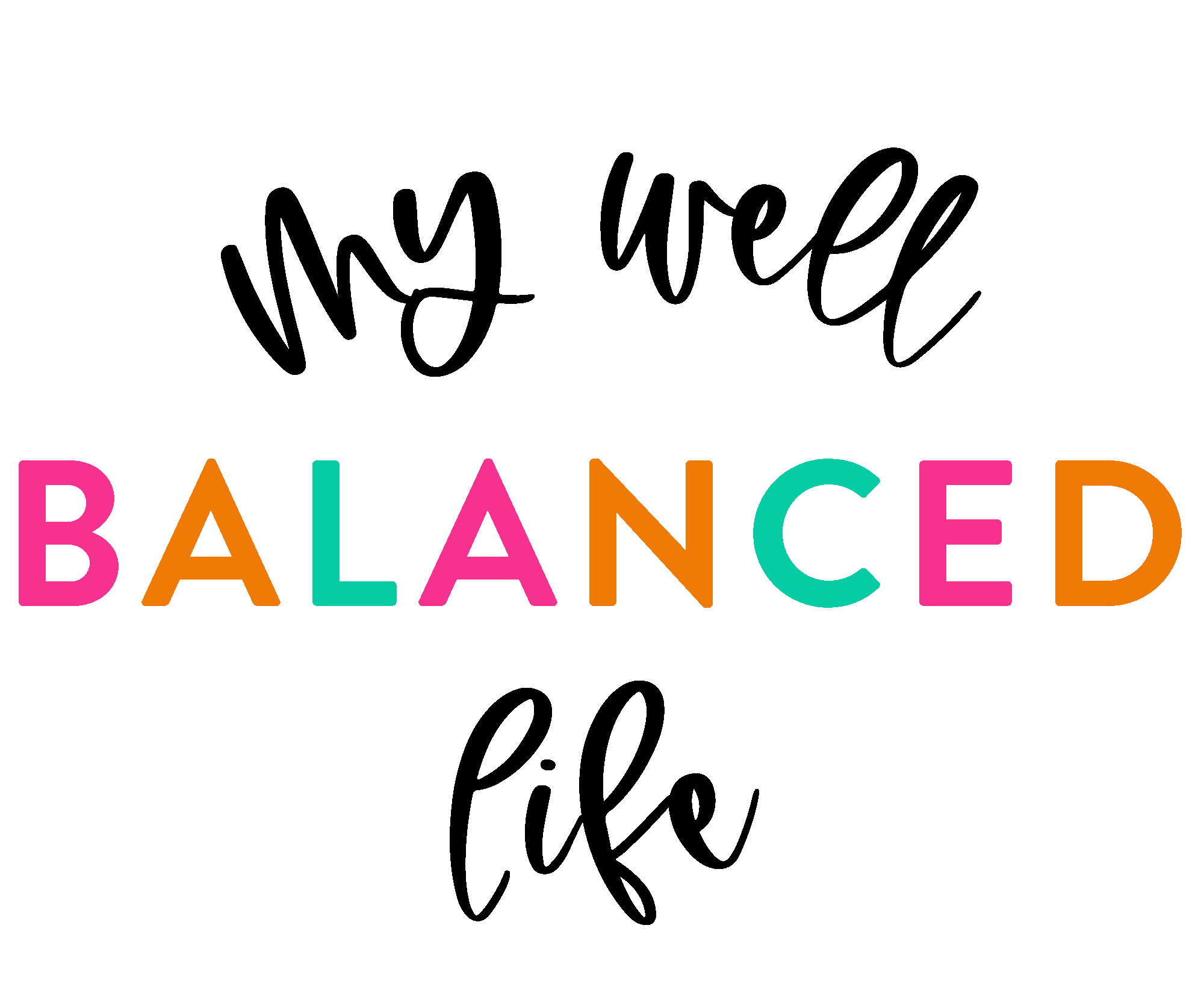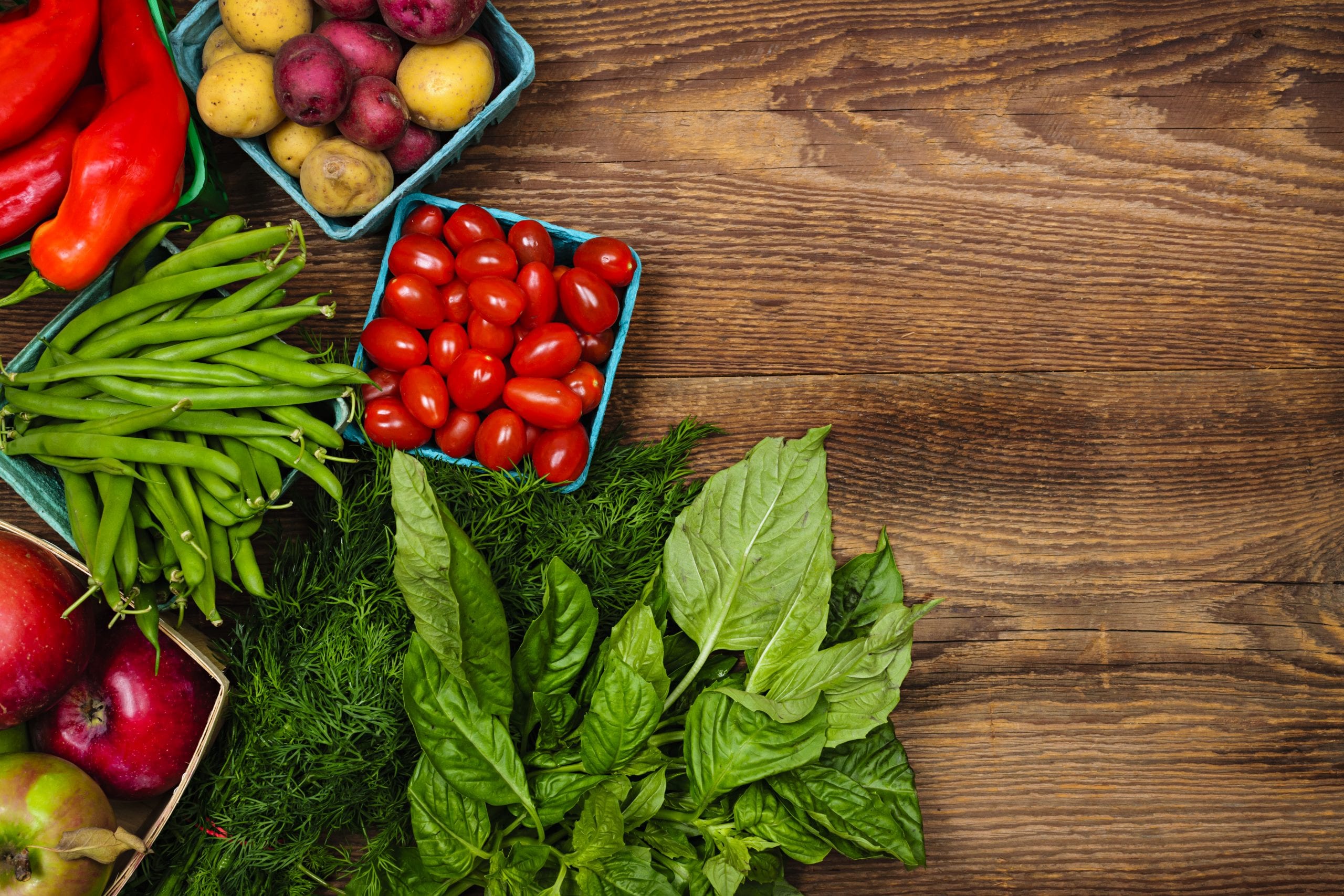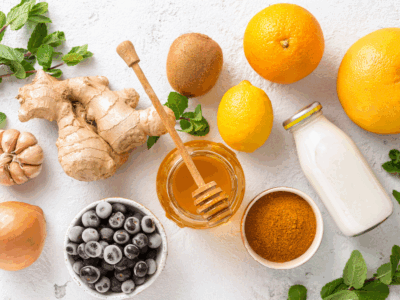After six weeks of traveling, nursing a shoulder injury, and the recent chocolate fest known as Easter, all I want to do is eat cake. To be specific, I want to eat the chocolate cake from Zoe’s Kitchen. Sorry, guys. It’s true. Even nutritional therapists want to eat a bunch of crap when they’re stressed, tired, and run down.
But there’s also a part of me that CRAVES nutrients. High quality, nutrient-dense food provides our bodies with the energy, protein, essential fats, vitamins and minerals to live, grow and function properly. If I want to heal and restore my body back to optimal function, I need to get out of the food rut that can happen when life gets overly hectic and crazy. And the only way to do that is one meal at a time.
When it comes to making food and eating meals, it is beyond easy to get stuck on repeat. We all have patterns ingrained in us from the meals we ate growing up and habits we establish with family, kids and friends. I used to always look for some kind of bread product to accompany my meals because HELLO, dinner rolls are a requirement, right? Sadly, that is not true. But most of us Americans really do need more nutrients in our food because of all the depletion that occurs with processing and chemically laden soils. So while these tips aren’t revolutionary or unheard of, they may just shake things up enough to get you adding more variety and nutrient density to your meals! And that is always a good thing.
So here are 5 easy ways to make your daily meals a lot more nutrient dense:
1) Put your meal on a bed of vegetables.
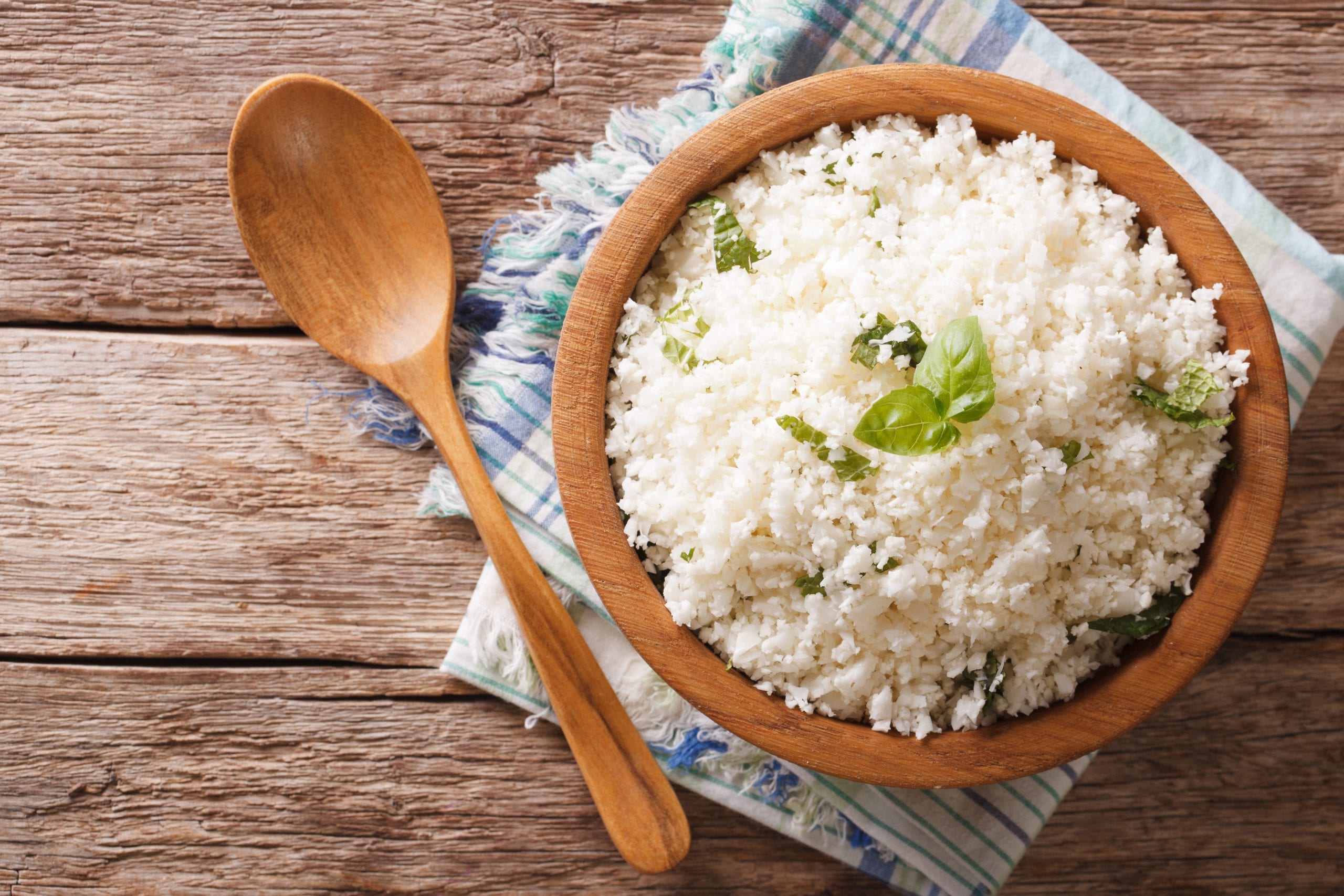 I actually learned this trick from my husband when he did his first Whole30. He was always looking for ways to add more volume to his meals to satisfy his hunger, and he would pile his plate with veggies before serving his meal. Literally just take the whole meal and put it on a bed of vegetables. Eggs and sausage for breakfast? Put it on a bed of spinach. Stir fry? Serve it over cauliflower rice. Big salad? Well … just add more veggies. And make sure to mix those vegetables up so you are getting a good variety of all those super good nutrients! A couple of other options are steamed broccoli or mixed roasted vegetables.
I actually learned this trick from my husband when he did his first Whole30. He was always looking for ways to add more volume to his meals to satisfy his hunger, and he would pile his plate with veggies before serving his meal. Literally just take the whole meal and put it on a bed of vegetables. Eggs and sausage for breakfast? Put it on a bed of spinach. Stir fry? Serve it over cauliflower rice. Big salad? Well … just add more veggies. And make sure to mix those vegetables up so you are getting a good variety of all those super good nutrients! A couple of other options are steamed broccoli or mixed roasted vegetables.
2) Add some raw food to your meal.
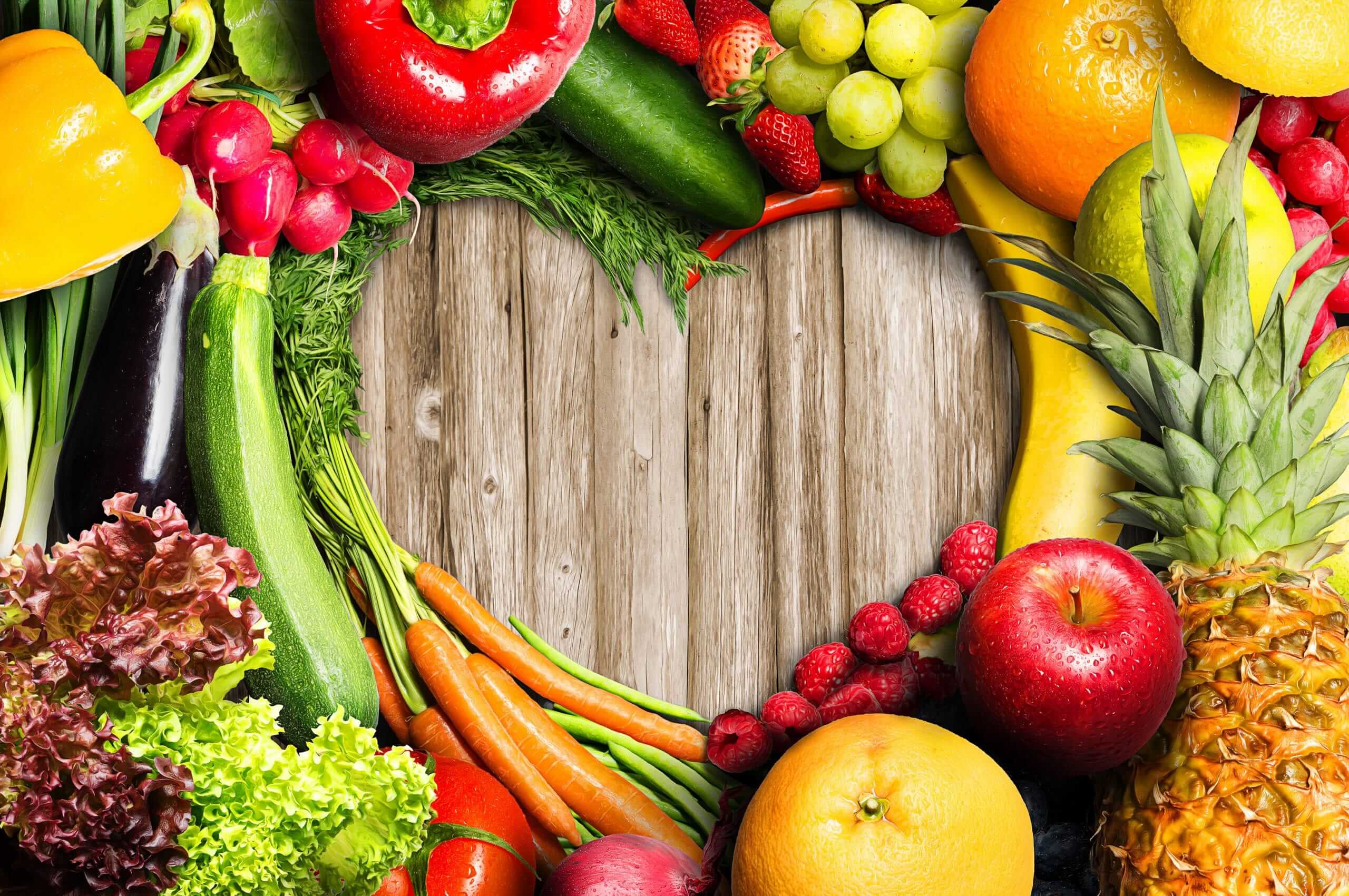 Remember when celebrities were doing the Raw Food Diet? They wouldn’t eat food cooked over a certain temperature, and raw food restaurants started popping up in LA and NYC. Well, the idea behind it is that raw food retains all the nutrients and enzymes which are destroyed during the heating and cooking process, not to mention the obvious elimination of all the additives and chemicals used in processed foods. According to Dr. Axe, “Cooked foods are usually harder to digest than raw foods, plus cooking nutrient-dense foods tends to destabilize some of their valuable enzymes and destroy certain antioxidants and vitamins. Raw foods also help alkalize the body, reduce acidity, and have less of a chance of fermenting in the gut and causing inflammation/autoimmune reactions.” So while you don’t necessarily need to only eat raw foods, there are some great health benefits to adding more of them into your daily diet.
Remember when celebrities were doing the Raw Food Diet? They wouldn’t eat food cooked over a certain temperature, and raw food restaurants started popping up in LA and NYC. Well, the idea behind it is that raw food retains all the nutrients and enzymes which are destroyed during the heating and cooking process, not to mention the obvious elimination of all the additives and chemicals used in processed foods. According to Dr. Axe, “Cooked foods are usually harder to digest than raw foods, plus cooking nutrient-dense foods tends to destabilize some of their valuable enzymes and destroy certain antioxidants and vitamins. Raw foods also help alkalize the body, reduce acidity, and have less of a chance of fermenting in the gut and causing inflammation/autoimmune reactions.” So while you don’t necessarily need to only eat raw foods, there are some great health benefits to adding more of them into your daily diet.
3) Make sure to include more sources of the fat-soluble vitamins.
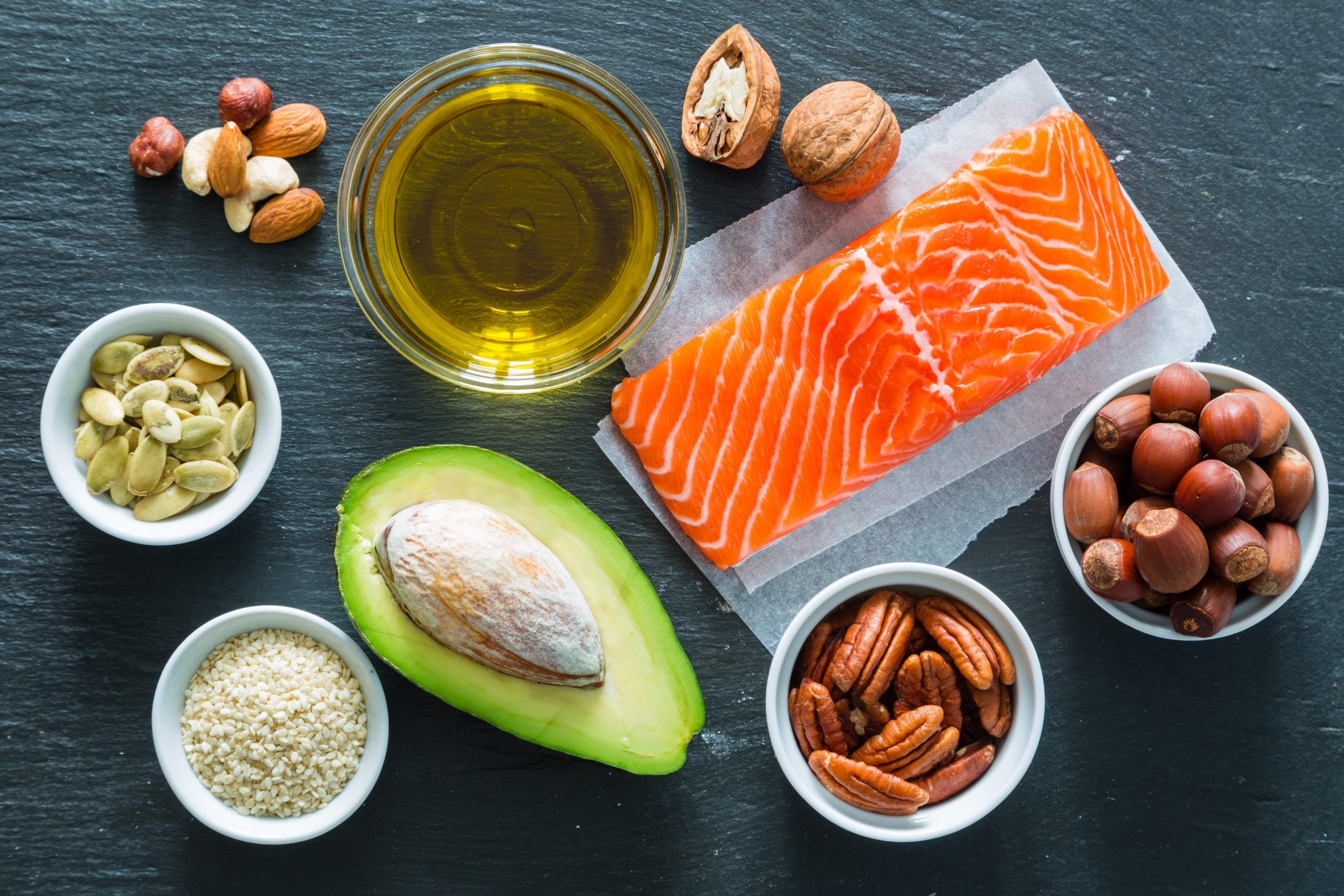 This is kind of a two-for-one. If you are eating foods that are good sources of fat-soluble vitamins, then chances are you are adding more healthy fats to your meal. Just to clarify, fat-soluble vitamins dissolve in fats and oils, as opposed to water-soluble vitamins which dissolve in water. When absorbed along with fats in the diet, these vitamins are stored in the body’s fatty tissue, and then eventually used. The fat-soluble vitamins include vitamins A, D, E & K, and we can obtain these vitamins from plant and animal foods or dietary supplements.
This is kind of a two-for-one. If you are eating foods that are good sources of fat-soluble vitamins, then chances are you are adding more healthy fats to your meal. Just to clarify, fat-soluble vitamins dissolve in fats and oils, as opposed to water-soluble vitamins which dissolve in water. When absorbed along with fats in the diet, these vitamins are stored in the body’s fatty tissue, and then eventually used. The fat-soluble vitamins include vitamins A, D, E & K, and we can obtain these vitamins from plant and animal foods or dietary supplements.
Great food sources of these vitamins are:
•Vitamin A: Carrots, sweet potatoes, broccoli, spinach, apricots, liver, and egg yolks
•Vitamin D: Eggs, and fatty fish such as sockeye salmon, mackerel, sardines, and grass-fed, fortified dairy, such as milk and yogurt
•Vitamin E: Spinach, almonds, sunflower seeds, avocados, shrimp, rainbow trout, olive oil, broccoli, butternut squash
•Vitamin K: Dark leafy greens, scallions, broccoli, asparagus, cabbage, and brussel sprouts
Also make sure to check out my blogpost of 3 Ways To Sneak Healthy Fats Into Your Diet for more ideas and to understand the importance of eating healthy fats.
4) Add a little bit of bone broth.
 Most likely, you have heard some buzz about bone broth. You take the bones from organic, pasture raised animals, add some mirepoix, water, and a bit of vinegar, and then you slow cook the mixture for about 24 hours. Strain the liquid and you’ve got awesome, mineral-rich bone broth! Bone broth is rich in minerals which support the immune system and contains healing compounds like collagen, glutamine, glycine and proline. The collagen in bone broth provides great healing for your gut lining and also can reduce intestinal inflammation. As for ways to incorporate it into your meals, you can drink a bit in a soup mug, use it as a replacement for water or chicken broth when you cook, or my favorite way is to drizzle a bit of it over my food. It adds great flavor and is especially good on leftovers when they are a bit dry.
Most likely, you have heard some buzz about bone broth. You take the bones from organic, pasture raised animals, add some mirepoix, water, and a bit of vinegar, and then you slow cook the mixture for about 24 hours. Strain the liquid and you’ve got awesome, mineral-rich bone broth! Bone broth is rich in minerals which support the immune system and contains healing compounds like collagen, glutamine, glycine and proline. The collagen in bone broth provides great healing for your gut lining and also can reduce intestinal inflammation. As for ways to incorporate it into your meals, you can drink a bit in a soup mug, use it as a replacement for water or chicken broth when you cook, or my favorite way is to drizzle a bit of it over my food. It adds great flavor and is especially good on leftovers when they are a bit dry.
Wellness Mama has a great bone broth tutorial if you want to try making some yourself … I promise it’s super easy! But, if life is crazy and you need to push the easy button, Bare Bones is a wonderful company that sells very high quality bone broths. And just a side note, bone broth is not recommended for those on anti-histamine diets because the long cooking time creates more histamine. Stick with meat stocks if you are trying to avoid histamine foods.
5) Incorporate fermented foods.
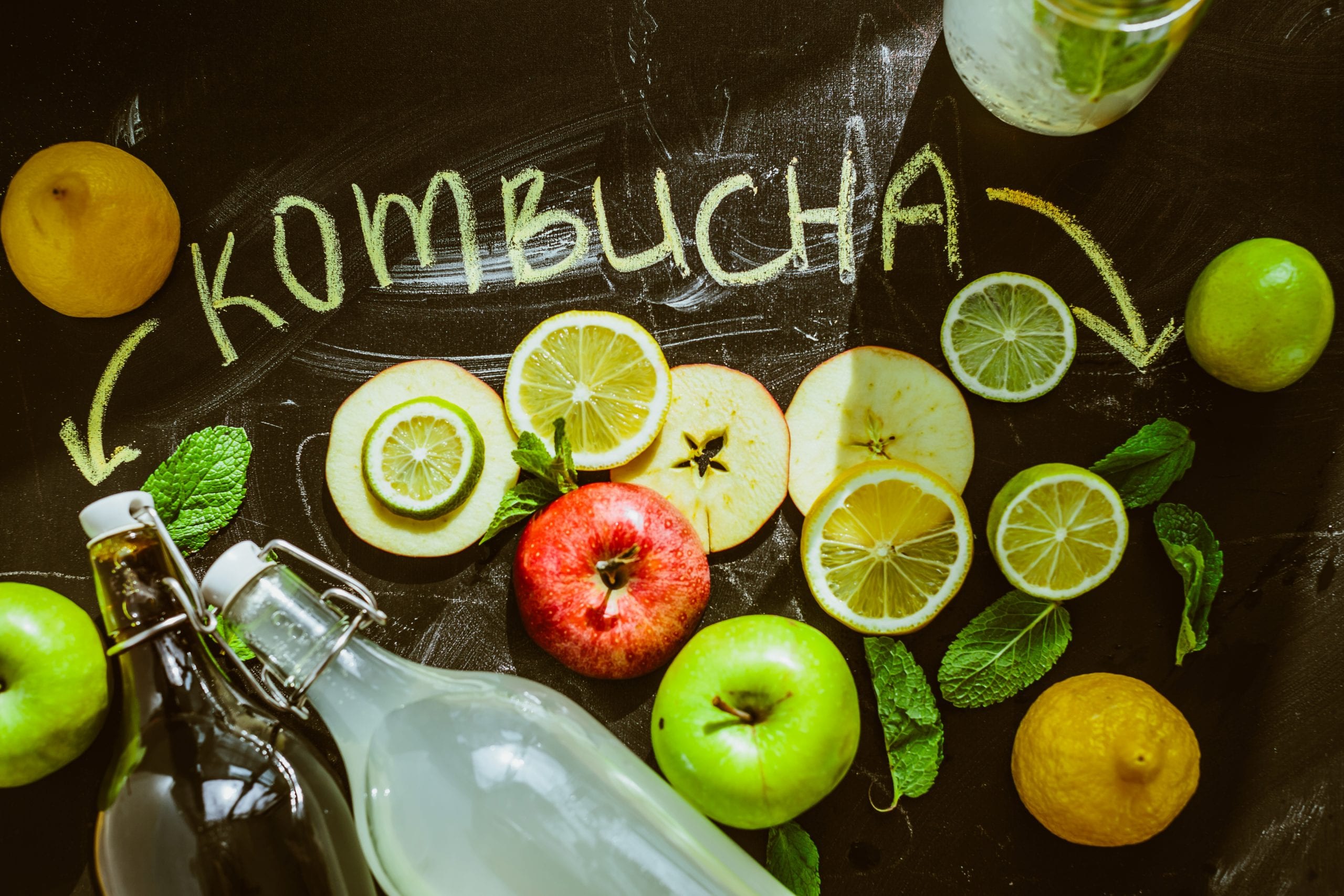 I’m going to be straight with you guys. Fermented foods are not my favorite … even the word “fermented” sounds yucky to me. But, you can’t deny the amazing health benefits of fermented foods for gut health. According to Wellness Mama herself, “Fermented foods are foods that have been through a process of lactofermentation in which natural bacteria feed on the sugar and starch in the food creating lactic acid. This process preserves the food, and creates beneficial enzymes, b-vitamins, Omega-3 fatty acids, and various strains of probiotics. Natural fermentation of foods has also been shown to preserve nutrients in food and break the food down to a more digestible form. This, along with the bevy of probiotics created during the fermentation process, could explain the link between consumption of fermented foods and improved digestion.” Some examples of fermented foods are kombucha, kefir, sauerkraut, and kimchi. Most people I find either love them or hate them. But I encourage you to keep trying because there are so many options! I can’t do sauerkraut, but I’m coming around to kombucha. I don’t love it, but I’m getting there. And it’s worth it for my health.
I’m going to be straight with you guys. Fermented foods are not my favorite … even the word “fermented” sounds yucky to me. But, you can’t deny the amazing health benefits of fermented foods for gut health. According to Wellness Mama herself, “Fermented foods are foods that have been through a process of lactofermentation in which natural bacteria feed on the sugar and starch in the food creating lactic acid. This process preserves the food, and creates beneficial enzymes, b-vitamins, Omega-3 fatty acids, and various strains of probiotics. Natural fermentation of foods has also been shown to preserve nutrients in food and break the food down to a more digestible form. This, along with the bevy of probiotics created during the fermentation process, could explain the link between consumption of fermented foods and improved digestion.” Some examples of fermented foods are kombucha, kefir, sauerkraut, and kimchi. Most people I find either love them or hate them. But I encourage you to keep trying because there are so many options! I can’t do sauerkraut, but I’m coming around to kombucha. I don’t love it, but I’m getting there. And it’s worth it for my health.
Bonus:
6) Buy quality food and cook it at home.
 Bummer that it is, eating out usually does not lend itself towards the most nutrient dense of meals. We just do not have control over the quality of the ingredients, so most likely we are not getting a meal that is as nutrient dense as one we prepare at home. I’m not saying you should never eat out, that would be depressing. But if you’re the kind to eat most of your meals at restaurants or through take out, I encourage you to try to up your cooking game a bit. And when you do go out to eat, seek out the organic or farm to table restaurants because they are AMAZING.
Bummer that it is, eating out usually does not lend itself towards the most nutrient dense of meals. We just do not have control over the quality of the ingredients, so most likely we are not getting a meal that is as nutrient dense as one we prepare at home. I’m not saying you should never eat out, that would be depressing. But if you’re the kind to eat most of your meals at restaurants or through take out, I encourage you to try to up your cooking game a bit. And when you do go out to eat, seek out the organic or farm to table restaurants because they are AMAZING.
So there you go. Not exactly earth shattering or mind blowing information, but hopefully you can start thinking of these easy ways to provide better nutrition to your bodies. Because there is no question — your body will be healthier and more capable if you are providing it with quality food. Now I’m off to talk myself out of cake and into some kombucha … it’s probably a good thing that we don’t have Zoe’s Kitchen in Alaska. Maybe. Probably. Whatever.
